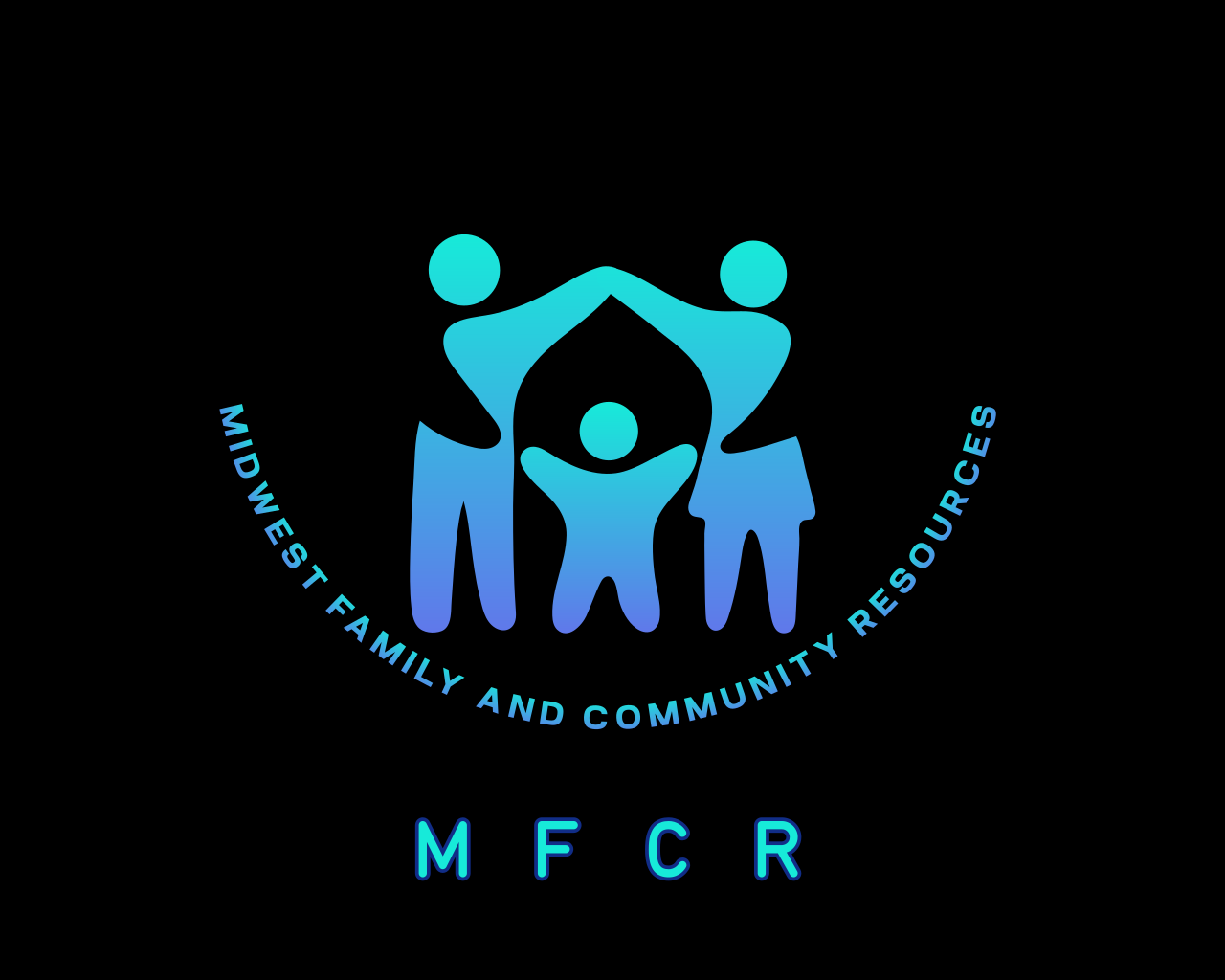

Telemedicine, also known as telehealth, is a way for clients to receive remote care from a health professional without being in the same physical location.
Telemedicine can be accessed using a computer, tablet, or smartphone. Video conferencing is the most common method used for telemedicine. MFCR offers telemedicine in an effort to reduce clinical costs and minimize barriers that might hinder timely and efficient access to services. This option eliminates or minimizes issues related to transportation for both clients and staff and reduces the time commitment required. It’s important to note that telemedicine is not suitable for all medical conditions or situations. However, when used appropriately, it can provide significant benefits for both patients and healthcare providers.
Telemedicine can be used for a variety of purposes, including:
- Consulting: Therapists can consult with patients using HIPAA-compliant video conferencing tools.
- Treatment: Telemedicine can be used for primary care consultations, psychotherapy, physical therapy, and more.
- Prescriptions: Patients can get prescriptions online without seeing a provider in person.
- Checking results: Patients can discuss or have results checked remotely.
- Managing conditions: Patients can use telemedicine to proactively address less urgent concerns.
Challenges of telemedicine include: Some direct face-to-face interaction may be required and technical issues, like slow internet connections or software bugs, can cause service delays or interruptions.
Benefits for Patients: Increased access to care, Convenience and flexibility, Faster appointments, Improved chronic issues management, and Reduced hospital readmissions.
